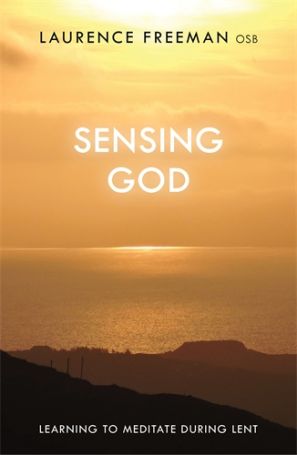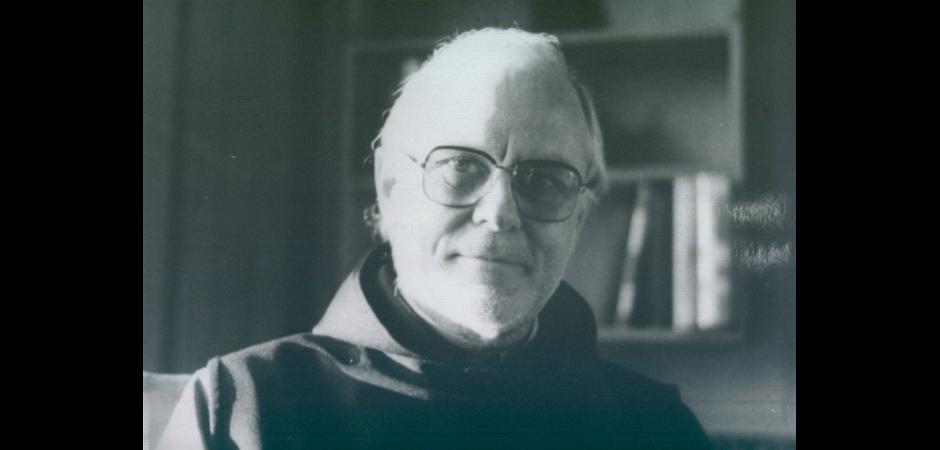Since John Main, OSB received the first oblates into our community thirty years ago there has been a steady increase in the number of meditators who have experienced meditation drawing them to the twin forms of monastic life, solitude and community, in their “single-minded search for God”. From the beginning of the wider Christian Meditation Community, Fr. John gave equal value to the forms of commitment made by monks or oblates. Oblates in his vision were not merely “attached” to a monastic family; they were fully participatory and contributing members, which they indeed are. This represented both a return to an ancient tradition and an important new development.
Since John Main, OSB received the first oblates into our community thirty years ago there has been a steady increase in the number of meditators who have experienced meditation drawing them to the twin forms of monastic life, solitude and community, in their “single-minded search for God”. From the beginning of the wider Christian Meditation Community, Fr. John gave equal value to the forms of commitment made by monks or oblates. Oblates in his vision were not merely “attached” to a monastic family; they were fully participatory and contributing members, which they indeed are. This represented both a return to an ancient tradition and an important new development.
As Benedictine Oblates of The World Community for Christian Meditation we form a global ‘monastery without walls’ and we are exploring new ways of being contemplative communities in communion with each other sharing a call to love silence while being fully engaged in the world. As we do not have a single physical monastery, the basic element of our oblate community is the “cell”. The word “cell” has a long monastic tradition referring originally to the monk’s cave or room. With us it is used to describe presence, not only physical space. Therefore, an oblate cell can exist where there is even one oblate living alone. It also refers, more usually, to a group of oblates living close to each other who are committed to meet regularly for the purpose of prayer, continuing formation and support.
Through the Internet we are able to stay in touch with each other regularly. When an oblate is living a distance from others, even in another country, they can be remembered by those in a cell meeting. Increasingly in recent times, oblates are asking to be sent the text for Lectio Divina, and the section of the Rule of St. Benedict being studied, as well as of the time that the cell is meeting. In this way (given time differences) they are able to be united in spirit, for meditation, prayer, reflection and study. Most oblate cells follow the simple format of Christian meditation, Lectio Divina, study and reflection on some aspect of the Rule of St. Benedict. Following this there is a time for local matters with regards the cell and community life.
There is an oblate Coordinator in each of the countries where there are a number of oblates. As the International Oblate Coordinator, I try to keep in touch with other coordinators. We also have an active “Process of Discernment”. A mentor is appointed for each oblate novice who contacts their mentor every three months for guidance as they continue to discern their call to the Benedictine oblate way of life. When it is not possible to meet physically because of distance, the contact is made by either telephone or email. In RB 58 St. Benedict cautions us: “Do not grant newcomers to the monastic life an easy entry, but, as the Apostle says, Test the spirits to see if they are from God (1 John 4:1)”.
Reflections on the Rule of St. Benedict are sent by either email or postal mail by the coordinators in each country on a fairly regular basis. There is also a newsletter which lists opportunities in most countries for retreats, the John Main Seminar and other events in the meditating community at which oblates can meet and share the strength of their common bond.
As I experienced the First World Congress of Benedictine Oblates held in Rome in September 2005 I felt very much a part of the wider oblate community among the 36 countries represented. As I listened to the presentations and participated in the groups as the National Lay Coordinator for Australia and the sole representative of the oblate community of The World Community for Christian Meditation, I saw that our oblate community is a new way of living the Charism of Benedict “in response to the particular needs of our time”.
The relationship with the Olivetan Congregation is particularly strong and friendly for us because Fr. Laurence Freeman OSB belongs to it and, like all Benedictines, we feel at home and hospitable wherever the spirit of the Rule is lived and cherished.
Trish Panton.
International Oblate Coordinator
The World Community for Christian Meditation
Sydney – Australia
pantonamdg@ozemail.com.au



